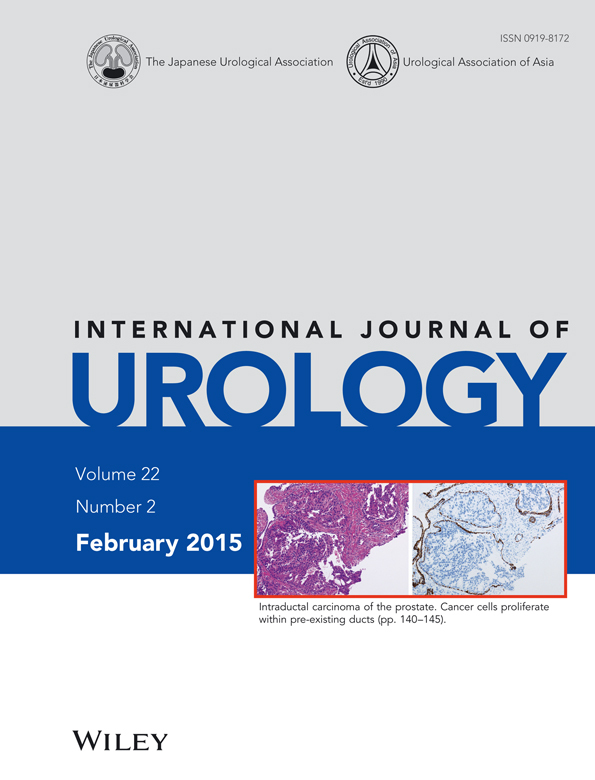Reporting trends and prognostic significance of lymphovascular invasion in muscle-invasive urothelial carcinoma: A population-based study
Abstract
Objectives
To investigate reporting patterns and outcomes associated with lymphovascular invasion in a general population setting.
Methods
We identified all cystectomy patients with muscle-invasive urothelial cancer in Ontario, Canada, 1994–2008. Surgical pathology reports were analyzed for pathological variables including lymphovascular invasion. Lymphovascular invasion reporting patterns were described over time. A Cox proportional hazards model was used to evaluate the association of lymphovascular invasion with survival.
Results
Of the 2802 cases identified, lymphovascular invasion status was reported in 75%. Lymphovascular invasion reporting significantly improved over the study period and was correlated with poor prognostic pathological features (T stage and N stage). Comprehensive cancer center status was not consistently associated with lymphovascular invasion reporting. Patients with lymphovascular invasion had substantially lower survival than patients who were lymphovascular invasion-negative or whose lymphovascular invasion status was unstated (P < 0.001). Lymphovascular invasion was independently associated with survival in patients regardless of lymph node metastasis. After adjusting for age, stage, comorbidity, margin status and adjuvant chemotherapy, lymphovascular invasion remained strongly associated with reduced survival (hazard ratio 1.98, 95% confidence interval 1.71–2.29).
Conclusions
Although routine reporting of lymphovascular invasion has improved over the years, pathologists appear to be biased towards evaluating lymphovascular invasion in patients with high-stage disease. Despite this bias, lymphovascular invasion remains an important prognostic factor among patients treated by cystectomy. Pathologists in general practice should report lymphovascular invasion status more consistently and urologists should hold their pathology colleagues to a higher standard.




